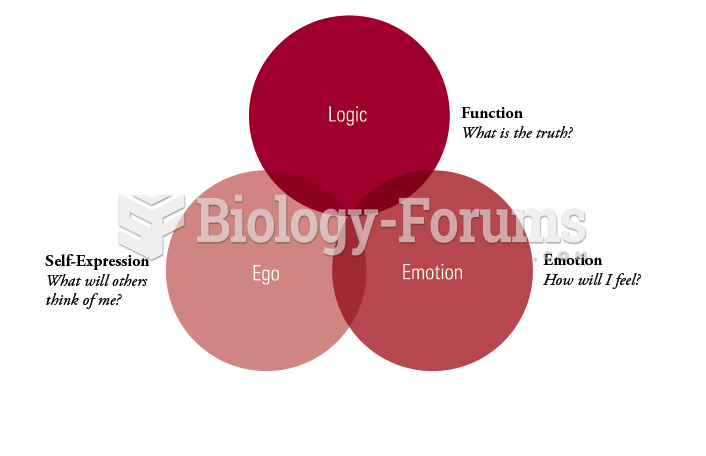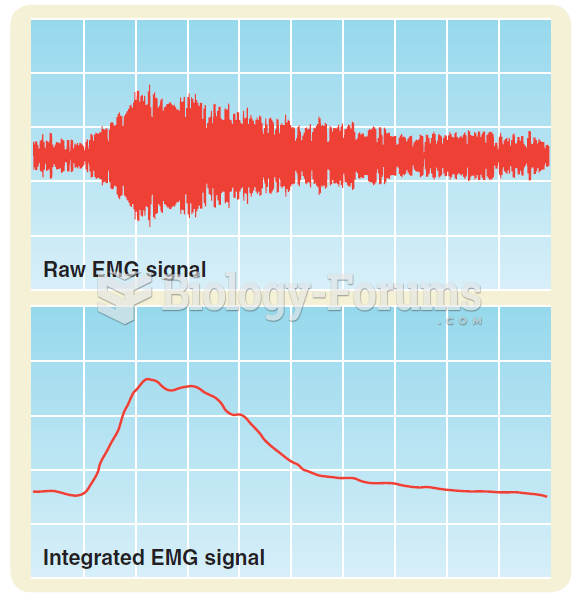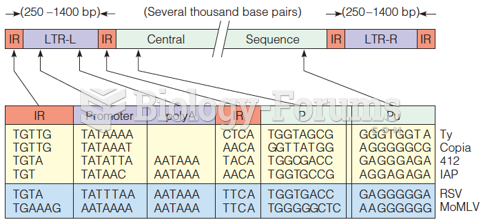Answer to Question 1
D
Answer to Question 2
Nanotechnology, although still in the experimental stage, has the potential for treating many conditions. One area in which it shows promise is in the treatment of skin cancer. Tiny particles, nanoparticles (or tiny chemical robots), are made of polymers and proteins. When introduced into the bloodstream, these nanoparticles are able to bind to the surface of skin cells and prevent the delivery of genetic codes delivered by RNA that would otherwise give instructions to make more cancer cells throughRNA interference.
Research is being done on the combination of light and nanotechnology in the treatment of other cancers. Photodynamic therapy is used to treat skin cancer. Infrared light can pass partway into the body. hining it onnanoparticles sets off a chain of reactions, which release a reactive form of oxygen, which can killcancer cells.
Nanoparticles carrying nitric oxide could kill bacteria and promote healing of methicillin-resistant staphylococcus aureus (MRSA). In the future, these nanoparticles could be incorporated into walls and floors, even into bandages. A self-medicating bandagelaced with nanoparticlescould detect harmful bacteria in a wound and treat it.
Nanoemulsions made of soybean oil, alcohol, water, and detergent emulsified into droplets less than 400 nanometers in diameter are effective at killing bacteria, fungi, and viruses. Researchers believe that nanoemulsions can be used in the treatment of second-degree burns. Nanoemulsions have the benefit of being able to penetrate the skin. More laboratory studies need to be done before the treatment can be used for people. Nanoemulsions can also be used to treat cold sores (in clinical trials), toenail fungus, and cystic fibrosis infections.







